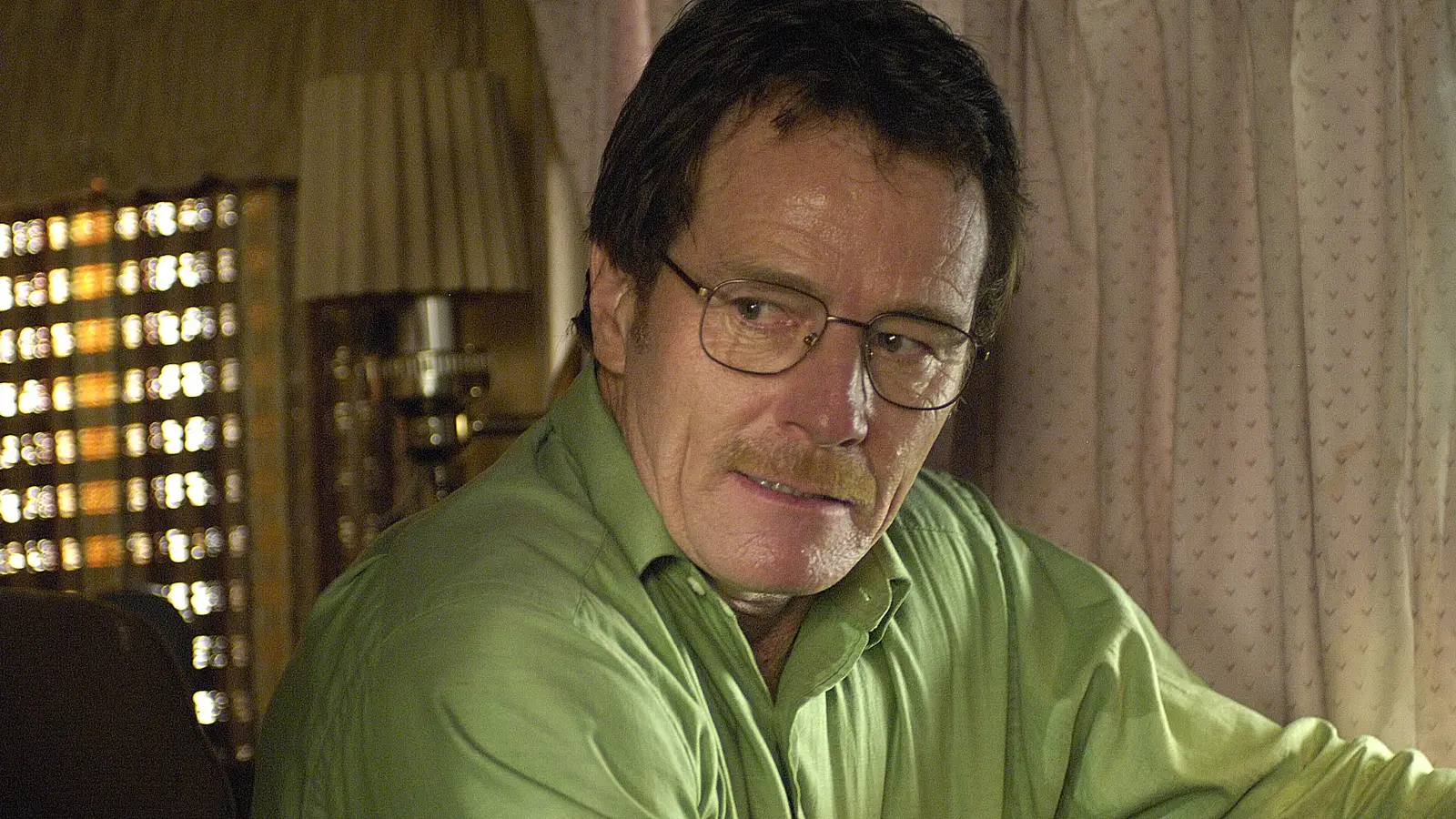
After seeing Breaking Bad in its entirety, it’s obvious it’s a near-perfect show — but the AMC series told us it would be a masterpiece much earlier than many viewers realized. Breaking Bad has a rare perfect ending. This ensures its legacy remains strong more than a decade after its final episode.
People often think back to the highs of season 5 when remembering Breaking Bad’s strengths, and installments like “Felina” and “Ozymandias” do demonstrate why the show is still such a hit. Of course, they aren’t the sole reasons it became such a phenomenon.
Earlier episodes of the series quietly secured its status as one of the best shows of the 21st century. The amount of detail and care put into Walter White’s story, even at the beginning, are signs that things are only going to get better. Rewatching Breaking Bad, I’ve realized it starts to show its high quality in the first few installments.
Breaking Bad Had The Makings Of A Masterpiece As Early As Season 1, Episode 3
Breaking Bad has the makings of a masterpiece as early as season 1, episode 3, which is the first of many dark turning points for Walter White’s character. “…And the Bag’s in the River” sees Walt facing one of the first true dilemmas on his journey to becoming Heisenberg: what to do with Krazy-8 after locking him up in Jesse’s basement.
This is perhaps the first time the weight of Walt’s decision to get into the drug business fully hits him. And while it’s difficult to square the version of Walt who’s hesitant to take Krazy-8’s life with the person he later becomes, his reluctance is what makes this conflict work.
Walt does eventually kill Krazy-8 — not just because it’s the only thing to do, but because the other man is planning to do the same to him — and the whole scenario perfectly sets up Breaking Bad’s best arc. It also masters the sort of nuanced characterization the series is now known for.
Krazy-8’s Death Proved Walt Could Become A Criminal Mastermind
The true appeal of Breaking Bad is watching Walter White go from ordinary chemistry teacher to criminal mastermind, and season 1’s first few episodes prove he’s capable of becoming the latter. Walter doesn’t officially become Heisenberg until later in the series, but Krazy-8’s death proves he has what it takes to get away with his crimes.
One can even say that this is demonstrated earlier; the disturbing and meticulous way Walt disposes of Emilio is the first sign he can become Heisenberg. However, the moral dilemma with Krazy-8 drives it home, as it shows that Walt can become comfortable killing, even when he’d rather not.
Episode 3 also shows that Walt is smart. Not only does he get ahead of Krazy-8’s plan, but he comes up with the same clever means of getting rid of the evidence. Jesse messes that up by disposing of the body in the bathtub, but on his own, Walter is clearly intelligent enough to be a criminal mastermind. And it’s telling that he still gets away with it, even after Jesse makes a bloody mess.
Breaking Bad Episode 3 Perfected The Show’s Portrayal Of Walt
In addition to setting up Walter’s transformation into Heisenberg, Breaking Bad season 1, episode 3 perfects the characterization of Walt from early on. What makes Bryan Cranston’s character so compelling is the fact that he has moments of vulnerability and humanity, especially at the beginning. However, he’s a prime example of how one can lose those things over time.
When Walt imprisons and kills Krazy-8, he’s still someone who takes issue with killing, even though he’ll do it when necessary. The fact that he chains up Krazy-8 at all is proof that he’d rather find another solution. Walter making him a sandwich is a gut-wrenching moment, further driving this point home.
But when Walt discovers the missing piece of the plate — and realizes his humanity isn’t mirrored in the man he’s dealing with — he becomes angry and kills Krazy-8 without hesitance. The shift in Walt’s demeanor shows he’s capable of cold cruelty and vulnerability, setting up his balancing act throughout the rest of Breaking Bad.
Breaking Bad Season 1, Episode 3 Confirmed The Show’s Attention To Detail
Breaking Bad season 1, episode 3 does wonders for the story and Walt’s character, but it’s also early confirmation of another series strength: its attention to detail. Walter discovering the missing piece of the plate is well done, and it highlights that little things will be important when telling this story.
Breaking Bad lives up to this promise, too, regularly using small details to foreshadow major events and hint at plot twists. From minor but intentional aspects of the filmography to easy-to-miss bits of dialogue, there’s no shortage of things to catch in Breaking Bad, making it one of the most rewatchable shows out there.



